
Coyotes were the stars of my last article: Going Dry. In that story we followed the last days of a small and isolated urban pond as it dried up during the dog days of a long hot Texas summer.
When the last of the water was gone, a family group of Coyotes–two adults and their two sub-adult offspring–took up residence on the dried pond bed. Each evening the Coyotes would meet in the clearing to relax and reaffirm family bonds, and my trail cameras were there to see it all.
Over the course of six weeks I recorded many more pictures than could possibly be used in a single article. I’ll share the balance of the best images here with you now. These are the things Coyotes do when no one is watching…

Sometimes the Coyotes would visit the pond bed during the day, usually alone or in pairs. Stays were typically brief, as passing through was likely just a small part of the Coyote’s daily routine. Urban Coyotes are always concerned about being discovered by people, so they stay on the move.

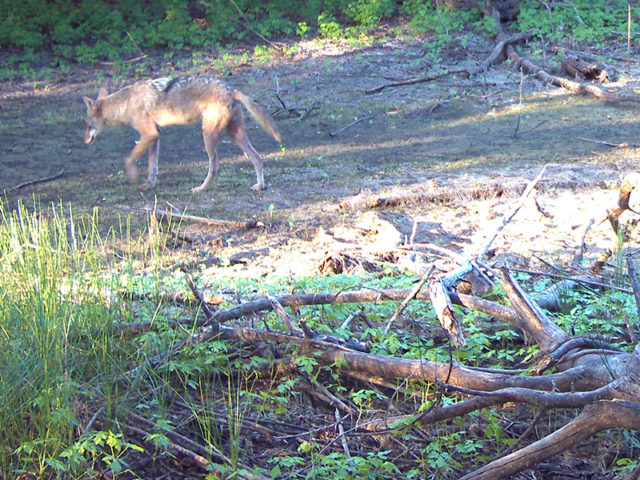



left behind as the pond water dried up.


The following pictures are of the two adult Coyotes just before dusk. The smaller, reddish Coyote is the male. He has a distinctive triangular-shaped patch of hair behind his shoulders that makes him easy to recognize. The larger, paler Coyote is the adult female–his mate. The pair interacted briefly as they waited for the others to arrive.


Night time is when the real action took place. Most evenings the entire group would gather in the clearing for a short period of time. There they would do the things canines do–wrestle, play, sniff, and nap. These get-togethers never lasted long. Within a matter of 10 to 15 minutes the group would break up again, with each Coyote going its own separate way.
Coyotes do not hunt cooperatively in packs the wolves do. Instead, they typically work an area singly or in pairs looking for the small animals and vegetable matter they prefer to feed on. Rabbits, rats, grasshoppers, and mesquite beans are Coyote staples, depending on availability associated with the time of the year.

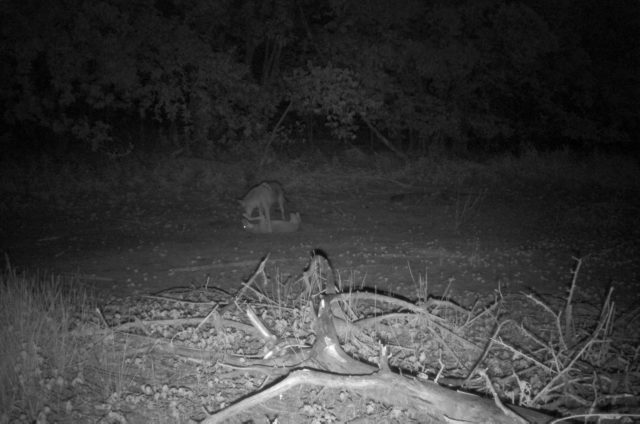



of functioning in near total darkness
On another night the entire family group arrived for a repeat appearance. Two of the Coyotes made a halfhearted attempt to encourage the others to stay a while, but were ultimately unsuccessful. Soon the entire group slipped away into the night, one by one.
One positive note–and you can see it in these pictures–is that all of these wild canines appear to be very healthy. In particular, they are free from the blight of mange, a disease that affects so many of the Coyotes living in North Texas.
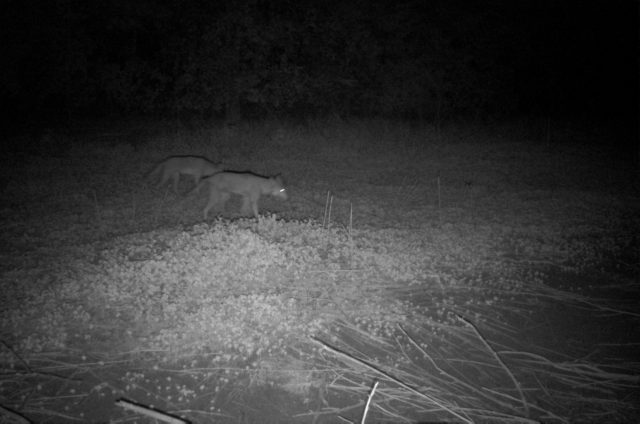
The young Coyote in the following pictures had a distinct preference this patch of bare earth near the tree line. It was his favorite place to nap. He returned here time and again to catch a few z’s. But, he never stayed for long. Coyotes cannot afford to relax for an extended time—caution demands that they keep on the move.

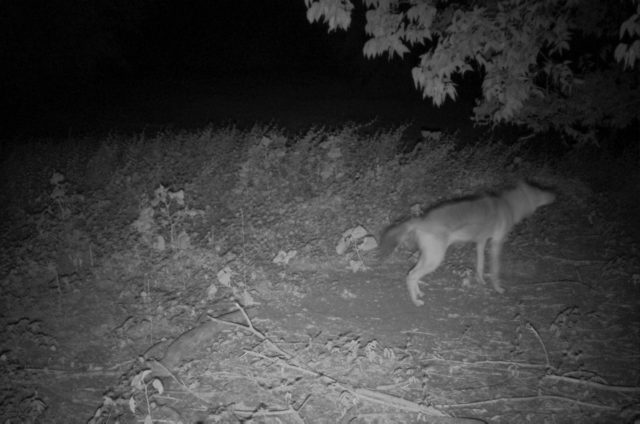
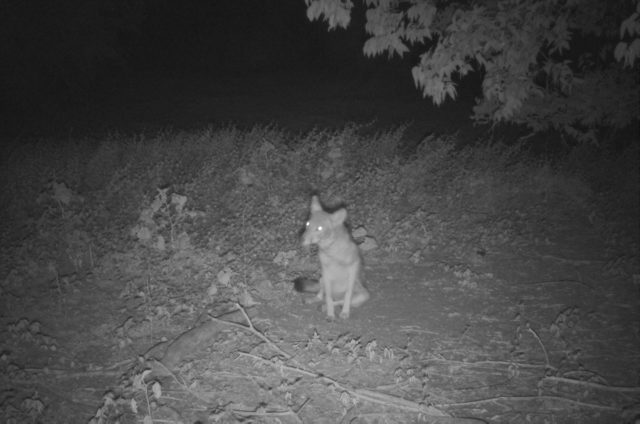




The adult pair favored the middle of the dried pond as the place for spending their down time. Periods of relaxation were deep, but fleeting. Rarely were both Coyotes photographed sleeping at the same time. One almost always remained on alert, while the other dozed.

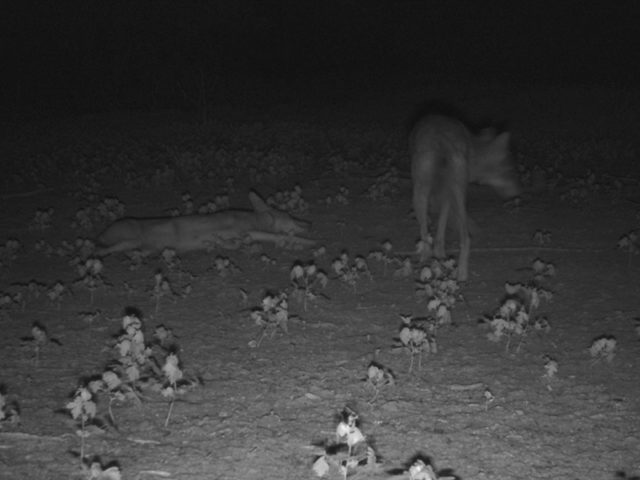


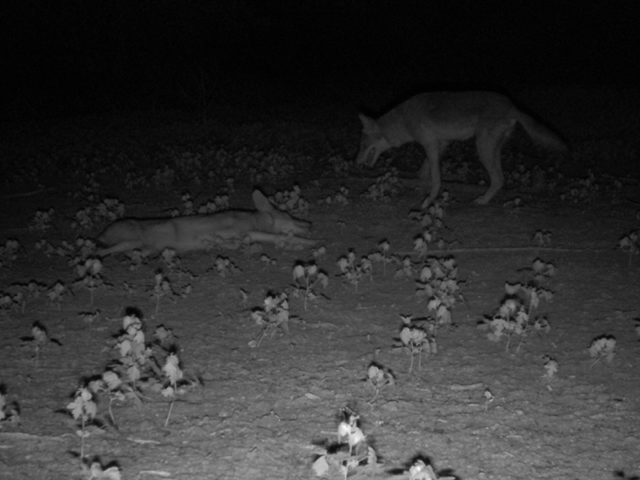

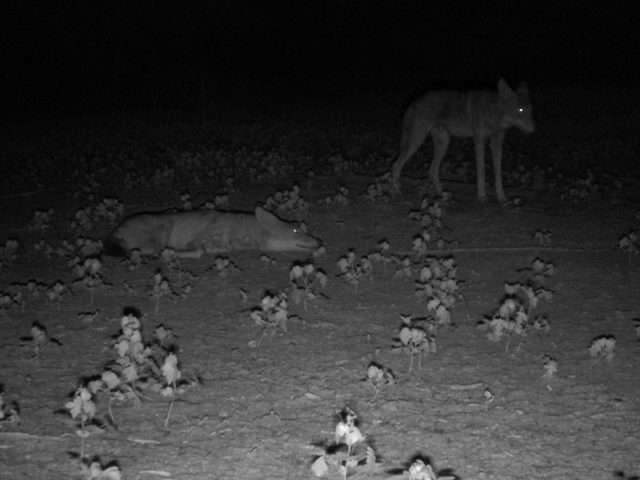



In the next set of photographs the entire family group returns. There were a lot of interactions in this sequence. It may be easier to see what is going on in some of these pictures if you click them to view the full-sized version…
One common thread shared by all of the Coyotes was the need for a mighty stretch after a good sleep. They were photographed engaged in this behavior many times. Oh yeah, and a good scratch behind the ears never hurt anybody either…
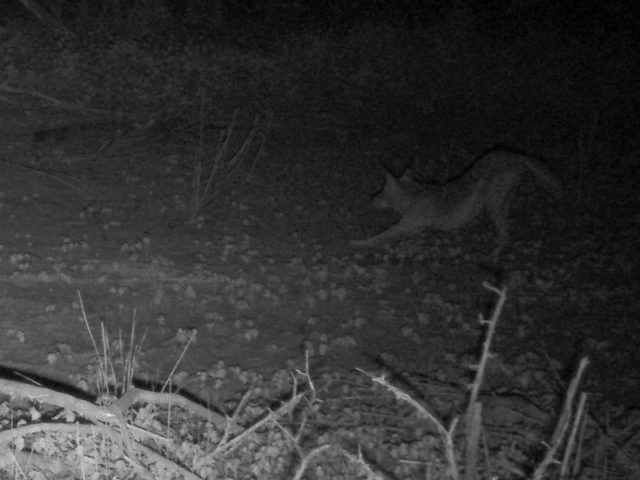


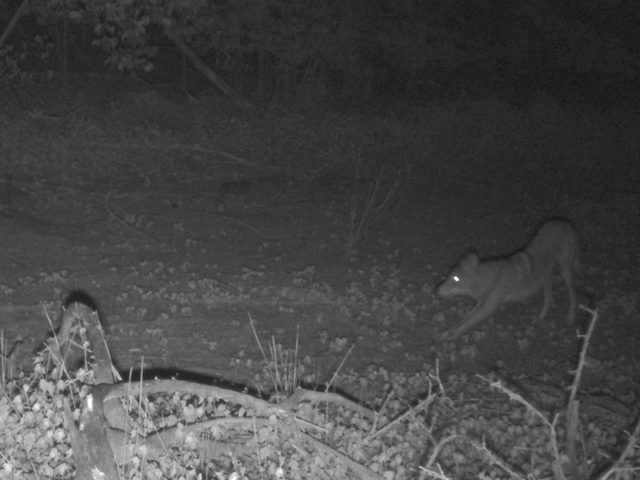

It might surprise some to learn that there is nothing particularly special about the Coyotes in this article. The highly adaptable Coyote is ubiquitous all across the metroplex. There is nary a neighborhood in Dallas/Fort Worth that does not have resident Coyotes–or at least some that pass through with regularity.
Coyotes are intelligent and clever. They know that it is in their best interest to avoid contact with people, and they are usually pretty good about staying out of sight and out of trouble. If you do happen to see one in your neighborhood, don’t be fooled into believing it has just arrived. Coyotes are very capable of surviving in urban and suburban habitats. The Coyote you just saw–and his ancestors–have likely been living in and around your neighborhood for generations!
To learn more about North Texas Coyotes click here to see what Texas Parks and Wildlife has to say about them…



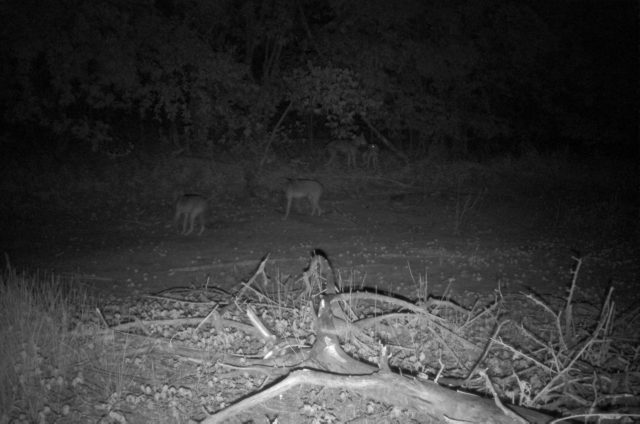
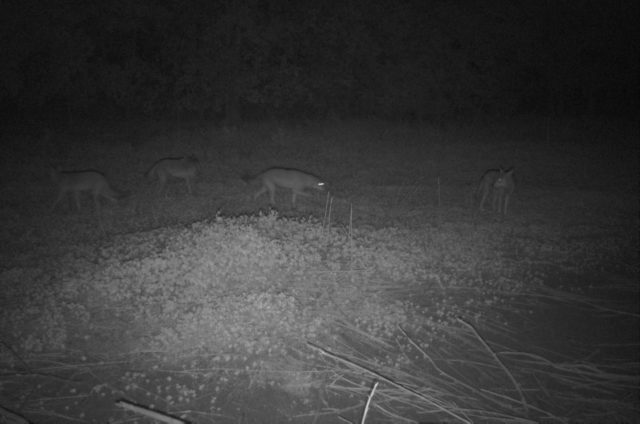















What kind of coyote is this one? We bought a husky pup in porter texas and well she looks more like a coyote and is the same height lol